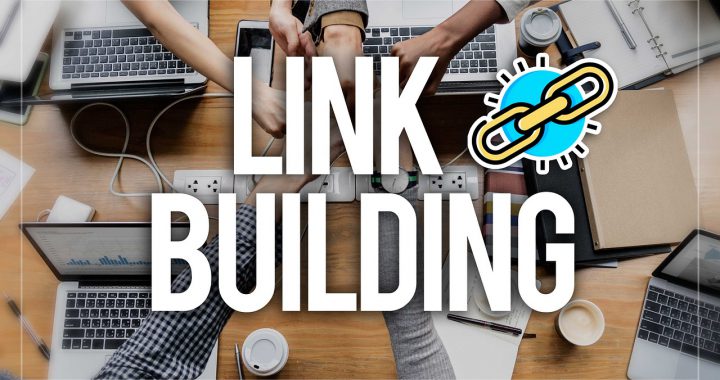As remote work becomes increasingly prevalent in today’s workforce, organizations must understand the hidden needs of their remote employees. Remote work offers flexibility and freedom but presents unique challenges that can impact employee development and well-being. Scott De Long Ph. D., an experienced educator, and lifelong learner, has developed an employee development plan that addresses these hidden needs. With a focus on humility, empathy, and vulnerability, De Long’s plan aims to create meaningful relationships and stronger teams in remote work environments.
- The Importance of Remote Employee Development
Statistics show that remote work has been on the rise, with 74% of organizations planning to permanently shift to more remote work post-pandemic. While remote work offers benefits such as increased productivity and work-life balance, it also presents communication, collaboration, and employee engagement challenges. Therefore, investing in remote employee development is essential for organizations to thrive in the evolving work landscape.
- Scott De Long’s Educational Background
Scott De Long, who has been an adjunct professor at Chapman University, brings a wealth of knowledge and expertise to his employee development plan. With a master’s degree in Leadership Development as well as a doctorate in Education with an emphasis in Leadership Studies, De Long understands the importance of continuous learning and growth.
- The Key Principles: Humility, Empathy, and Vulnerability
Dr. De Long’s employee development plan revolves around three guiding principles: humility, empathy, and vulnerability. These principles encourage leaders and employees to redefine success beyond material achievements and prioritize meaningful relationships. By embracing emotional intelligence and team development, organizations can foster a culture of respect, trust, and collaboration in remote work environments.
- Lead2Goals: Coaching, Counseling, and Training for Growth-Oriented Organizations:
De Long’s Lead2Goals organization specializes in coaching, counseling, and training for growth-oriented organizations. They offer various services, including developing corporate culture, effective communication strategies, team building, leadership training, and strategic planning. Lead2Goals believes in the holistic development of individuals and emphasizes the importance of developing people alongside improving processes.
- Off-Site Retreats for Effective Strategic Planning:
Lead2Goals encourages organizations to invest in off-site company retreats for strategic planning purposes. These retreats allow teams to break their daily routine and focus solely on strategic initiatives. Organizations can develop robust strategic plans that align with their vision, mission, and core values by creating a conducive environment for brainstorming and collaboration.
- Leadership Development Programs:
Lead2Goals offers executive coaching and training programs to help leaders develop their skills and enhance their leadership styles. Their Circle of Trust process emphasizes building relationships and understanding objectives. Whether through one-on-one coaching or group sessions, Lead2Goals helps leaders become more effective and inspiring.
Conclusion: In the ever-evolving landscape of remote work, understanding the hidden needs of employees is crucial for organizational success. Scott De Long’s employee development plan, focusing on humility, empathy, and vulnerability, offers a path toward creating meaningful relationships and stronger teams in remote work environments. By investing in employee development and embracing the principles outlined in De Long’s plan, organizations can thrive in the new era of work. Lead2Goals stands ready to assist organizations in realizing their goals and unlocking their full potential through thoughtful implementation of their mission, vision, and core values.


